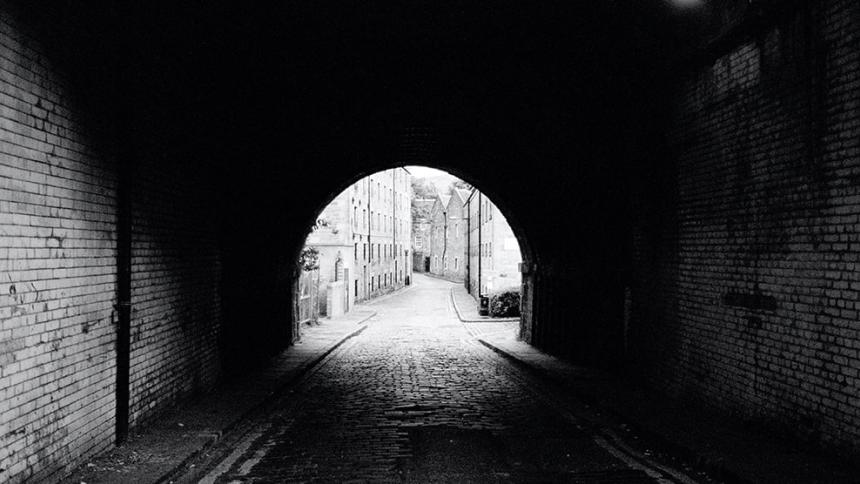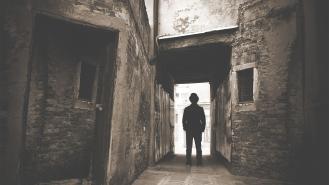
Unbelievable crimes blamed on Jack the Ripper
On the 27th of September 1888, the Central News Agency received a letter written in red ink. The ‘Dear Boss’ letter took the British press by storm and was the first of several communications from the murderer terrorising Whitechapel. Signing the letter, the killer ensured that their name would go down in history: the legend of Jack the Ripper was born.
The five canonical murders attributed to Jack the Ripper have incited debate throughout recent history, but many more kills have been unofficially attributed to Jack. Whether other Whitechapel murders that just didn’t get the same level of press coverage to murders that took place worlds away: here are three plausible, fanciful, and downright absurd murders that conspiracies blame on Jack the Ripper.
Nicaraguan Massacre
On the 7th of February, the Mitchell Daily Republican published an article titled SIX MORE FOR JACK. It detailed ‘six of the most atrocious murders committed’ within the Nicaraguan city limits of Managua. The article stated:
'All the victims were women of the character who met their fate at the hands of the London murderer. They were found murdered just as mysteriously, and the evidence points to almost identical methods. Two were found butchered out of all recognition. Even their faces were most horribly slashed, and in the cases of all the others, their persons were frightfully disfigured. Like 'Jack the Ripper's' victims, they have been found in out of the way places. Two of the victims were possessed of gaudy jewellery, and from that, it is urged that the mysterious murderer has not committed the crime for robbery. In fact, in almost every detail the crimes and characteristics are almost identical with the Whitechapel cases. “
With the Whitechapel murders coming to a sudden halt the previous November, rumours abounded that Jack the Ripper had fled England for middle America and started his spree anew.
H.H. Holmes
Born 1861, H.H. Holmes was the notorious con artist that built the infamous ‘murder castle’ in Chicago, 1893. Capitalising on the transient tourism of the 1892 Chicago World’s Fair, Holmes (born Herman Walter Mudget) Holmes built a labyrinthian hotel designed for one thing: murder.
With hidden trap doors, corridors that led to nowhere, inescapable rooms, and all other manners of horrors, Holmes claimed to have murdered as many as 200 people throughout the course of his life. Hanged for his crimes in 1896, America’s first serial killer was dead long before the first Jack the Ripper murders. However, what if the person hanged for his crimes wasn’t actually H. H. Holmes?
One theory believes that Holmes, an expert conman, had tricked someone else into walking to the gallows in his place, allowing him to escape America and travel the world? One theory posits that Jack the Ripper was, in fact, Holmes. Having been officially dead for two years, Holmes would have had plenty of time to travel to England, and his skills in the art of the con would have meant he had the ability not only to start a new life but disappear without a trace when the authorities started closing in.
The pastor and the patsy
In 1897 Theo Durrant, A.K.A. 'The Demon of the Belfry', was hanged for the murder and mutilation of two members of his church congregation. Due to his history, having courted both victims in the past, Theo was identified and sentenced to death. Much like Holmes, Theo was hanged years before the canonical Jack the Ripper murders took place. How, then, could he be considered a viable suspect?
Throughout his trial and right up to his hanging Theo had maintained his innocence. With the majority of evidence against him consisting of eyewitness testimony of his behaviour before and after the murders, the authorities were sure that they had the right man. However, there is little evidence that empirically proves Theo’s guilt. Unlike Holmes, however, there is no doubt that it was Theo who was hanged in April 1897. So, how could he be linked to the Whitechapel murders?
John George Gibson was the pastor of the parish where the murders took place. In their book, The Bell Tower, author Robert Greysmith asserts that Gibson was the only one who had the means and time to murder and mutilate both women. Having been born in Edinburgh, and his whereabouts being unaccounted for at the time of the Whitechapel murders, Greysmith believes that Gibson was, in fact, the Ripper.
It is believed that Gibson confessed to the murders that Theo hanged for on his deathbed, which lends credibility to his potential involvement in the Whitechapel murders. Confusion as to the validity of this confession, however, means that the credibility of Theo’s involvement in the death of his beaus will remain unclear.






